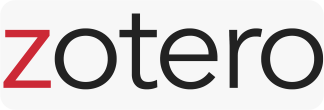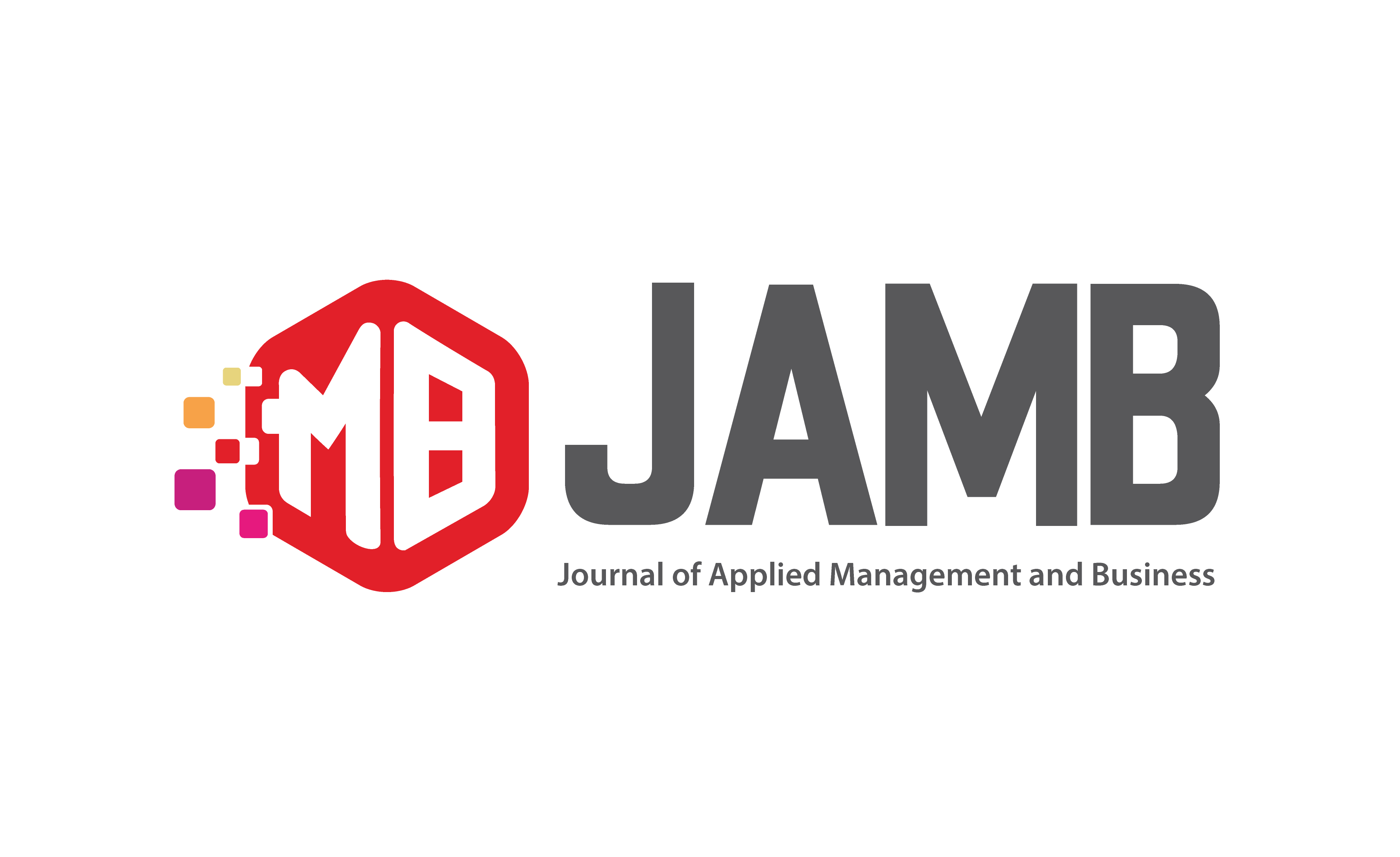Attracting Generation Z: How Employer Attractiveness and Prestige Affect Application Decisions
DOI:
https://doi.org/10.37802/jamb.v5i1.700Keywords:
Employer Attractiveness, Employer Prestige, Generation Z, Intention to ApplyAbstract
This study was conducted to investigate the influence of employer attractiveness and prestige on job intention to apply for higher education students in Yogyakarta. Data in this study was obtained through online questionnaires distributed to students, with a total of 78 validated answers. The multiple regression analysis used as the research methods using the SPSS software. The hypothesis results showed that there was no positive and significant influence between employer attractiveness on intention to apply. However, there is a positive and significant influence between employer prestige on the intention to apply.
Downloads
References
R. Mondy and R. Noe, Human Resource Management, 9th ed. Prentice Hall, 2005.
S. Ulfa, S. Idris, J. Manajemen, F. Ekonomi, D. Bisnis, and U. Syiah Kuala, “Pengaruh Persepsi Eksternal Prestise Terhadap Perilaku Menyimpang Dengan Kepuasan Kerja Sebagai Variabel Mediasi Pada Karyawan Pt. Telkomunikasi Indonesia Cabang Banda Aceh,” Jurnal Ilmiah Mahasiswa Ekonomi Manajemen Accredited SINTA, vol. 4, no. 4, 2019, [Online]. Available: http: jim.unsyiah.ac.id/ekm
D. Y. Wardhana and P. R. Andalas, “Employer Branding Dan Turnover Intention: Pengaruhnya Pada Karyawan Bidang Pariwisata Di Yogyakarta,” MODUS, vol. 35, no. 2, pp. 243–257, 2023.
J. L. Chiu, J. J. Fajardo, P. N. Lopez, J. Lourdes, and F. Miranda, “The Effect of Employer Branding on Turnover Intention and Employee Satisfaction of the Utility Industry in the Philippines,” Management Review: An International Journal, vol. 15, no. 2, pp. 1–153, 2020.
S. Barrow and R. Mosley, The Employer Brand: Bringing the Best of Brand Management to People at Work. John Wiley & Sons, Ltd, 2005.
A. M. Sivertzen, E. R. Nilsen, and A. H. Olafsen, “Employer branding: Employer attractiveness and the use of social media,” Journal of Product and Brand Management, vol. 22, no. 7, pp. 473–483, 2013, doi: 10.1108/JPBM-09-2013-0393.
T. Jiang and P. Iles, “Employer‐brand equity, organizational attractiveness and talent management in the Zhejiang private sector, China,” Journal of Technology Management in China, vol. 6, no. 1, pp. 97–110, Feb. 2011, doi: 10.1108/17468771111105686.
M. Bonaiuto, S. De Dominicis, L. Illia, B. Rodríguez-Cánovas, and G. Lizzani, “Managing employer brand attributes to attract potential future leaders,” in Journal of Brand Management, Palgrave Macmillan Ltd., 2013, pp. 779–792. doi: 10.1057/bm.2013.18.
P. Berthon, M. Ewing, and L. L. Hah, “Captivating company: Dimensions of attractiveness in employer branding,” Int J Advert, vol. 24, no. 2, 2005, doi: 10.1080/02650487.2005.11072912.
S. Highhouse, F. Lievens, and E. F. Sinar, “Measuring attraction to organizations,” Educ Psychol Meas, vol. 63, no. 6, pp. 986–1001, 2003, doi: 10.1177/0013164403258403.
D. H. Bassiouni and C. Hackley, “‘Generation Z’ children’s adaptation to digital consumer culture: A critical literature review,” Journal of Customer Behaviour, vol. 13, no. 2, pp. 113–133, Sep. 2014, doi: 10.1362/147539214x14024779483591.
M. Nejati and N. Ahmad, “Job Seekers’ Perception Of Green HRM,” 2015.
J. F. Hair, J. J. Risher, M. Sarstedt, and C. M. Ringle, “When to use and how to report the results of PLS-SEM,” European Business Review, vol. 31, no. 1. Emerald Group Publishing Ltd., pp. 2–24, Jan. 14, 2019. doi: 10.1108/EBR-11-2018-0203.
A. E. Barber, M. J. Wesson, Q. M. Roberson, and M. S. Taylor, “A Tale Of Two Job Markets: Organizational Size And Its Effects On Hiring Practices And Job Search Behavior,” 1999.
J. Santiago, “The relationship between brand attractiveness and the intent to apply for a job: A millennials’ perspective,” European Journal of Management and Business Economics, vol. 28, no. 2, pp. 142–157, Jul. 2019, doi: 10.1108/EJMBE-12-2018-0136.











